Highlights
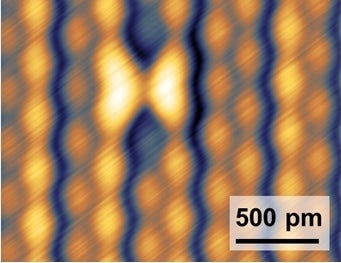
Electronic self-passivation of single vacancy in black phosphorus
May 25, 2022NUS scientists discovered that a two-dimensional (2D) semiconducting material, known as black phosphorus (BP), exhibits an electronic self-passivation phenomenon by…
Read More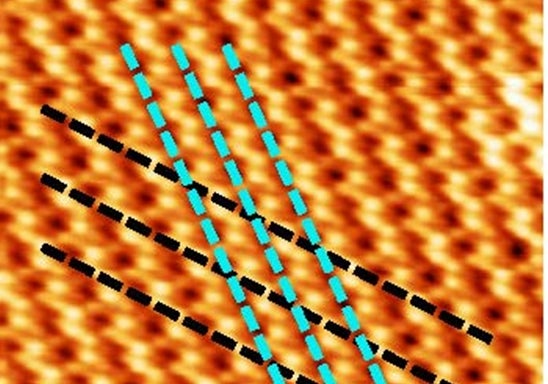
Distinct driving mechanisms for charge order in monolayer vanadium diselenide
February 24, 2022NUS physicists have discovered that monolayer vanadium diselenide (VSe2) has coexisting charge-ordered states with two distinct driving mechanisms. Charge density…
Read More
Water clusters in hydrophobic crystalline porous covalent organic frameworks
January 19, 2022NUS chemists have developed hydrophobic porous nanochannels of covalent organic frameworks which can be used to confine and transport water…
Read More
Scalable two-step annealing method for preparing ultra-high-density single-atom catalyst libraries
December 22, 2021NUS scientists have developed a general wet-chemistry approach for the scalable and automated synthesis of a library of ultra-high-density single-atom…
Read More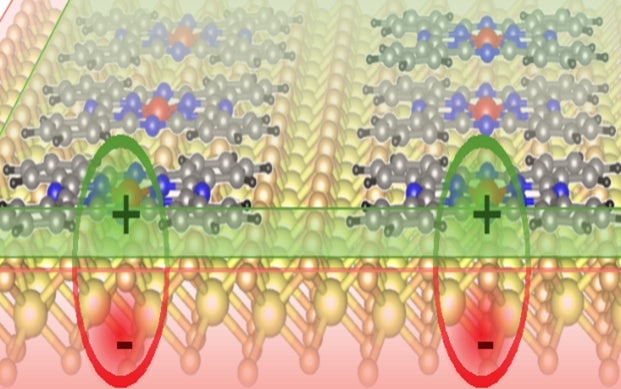
Predicting high temperature Bose-Einstein condensation of excitons
December 06, 2021NUS researchers have predicted that an exotic state of matter, known as a Bose-Einstein condensate, can exist at relatively high…
Read More
Visualising designer quantum states in stable macrocycle quantum corrals
October 27, 2021NUS scientists have devised an on-surface synthetic protocol to construct atomically-precise and stable organic quantum corrals (OQCs), which induce a…
Read More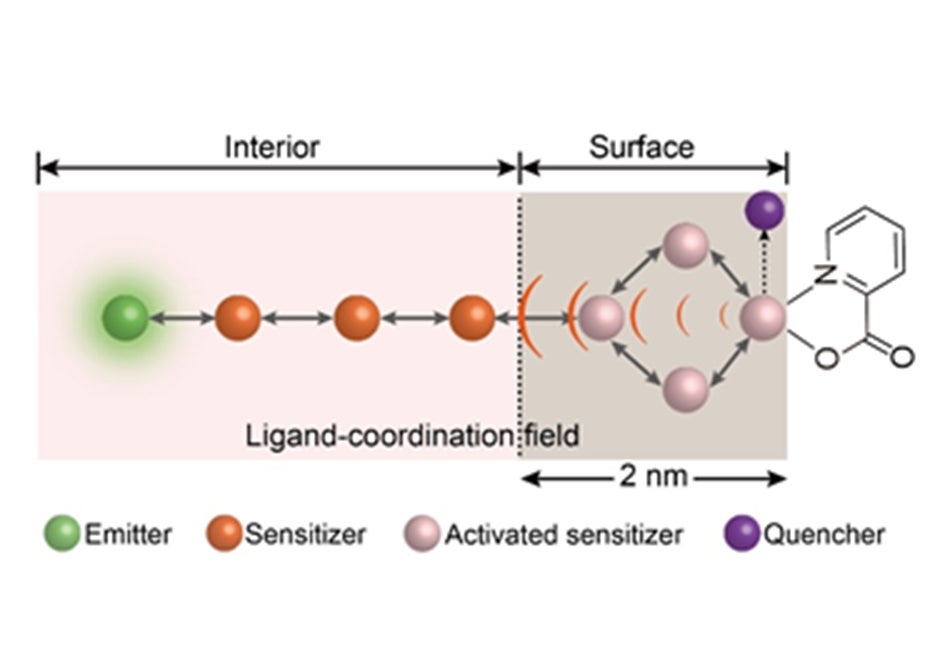
Molecule-mediated surface reconstruction enables giant upconversion luminescence enhancement
September 20, 2021NUS researchers have developed a synthetic method to enhance upconversion luminescence in protein-sized lanthanide-doped nanocrystals by surface reconstruction through molecule…
Read More
Controllable surface defect engineering on transition-metal trichalcogenide
July 22, 2021NUS scientists have developed a method for controllable introduction of two different types of sulphur vacancies into zirconium trisulfide (ZrS3…)
Read More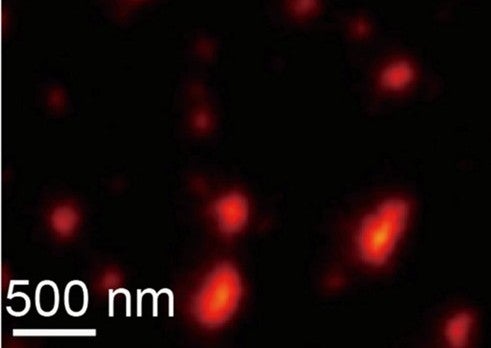
Lanthanide nanoparticles enable continuous-wave NIR STED microscopy
June 21, 2021NUS researchers have developed a new generation of near infra-red (NIR)-emitting nanoprobes for super-resolution imaging in deep tissues. These nanoprobes…
Read More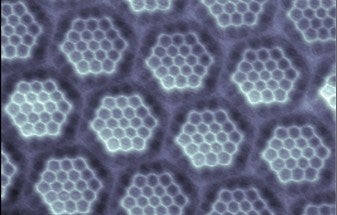
On-surface synthesis of graphene molecules and their superlattices
February 26, 2021NUS scientists have devised a new method for the synthesis of nanographene molecules with a high product yield for the…
Read More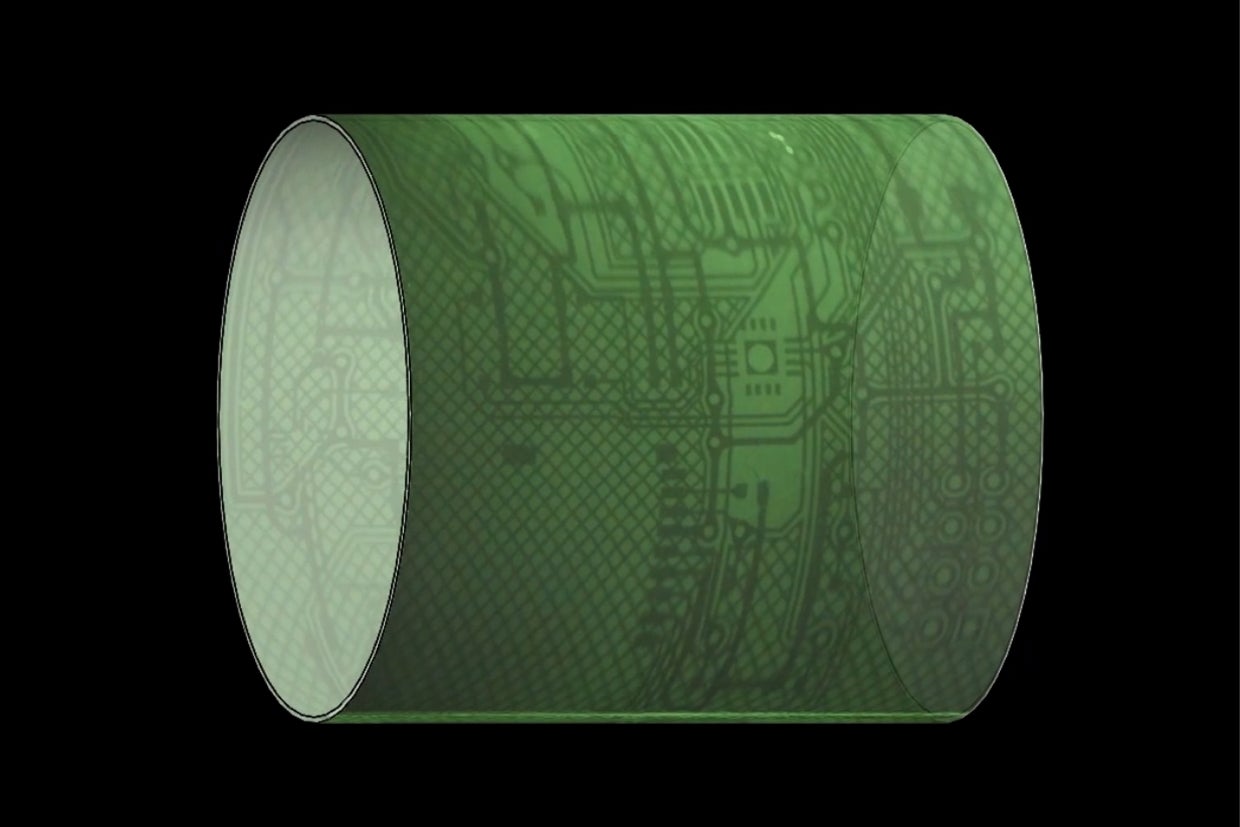
Persistent luminescent nanocrystals enable high-resolution X-ray imaging
February 25, 2021NUS researchers have developed a technology for high-resolution X-ray imaging of irregularly-shaped objects using lanthanide-doped nanomaterials with ultralong persistent luminescence….
Read More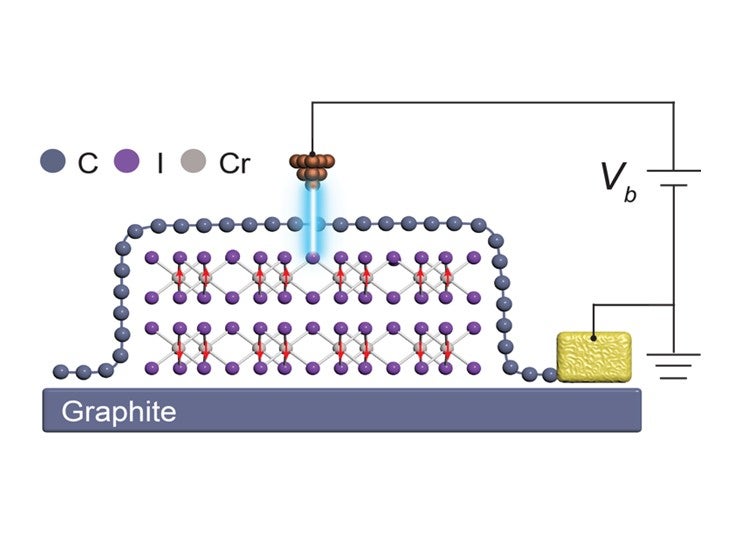
Visualising atomic structure and magnetism of 2D magnetic insulators
February 01, 2021NUS scientists have demonstrated a general approach for characterising the atomic structure, and electronic and magnetic properties of two-dimensional (2D)…
Read More

